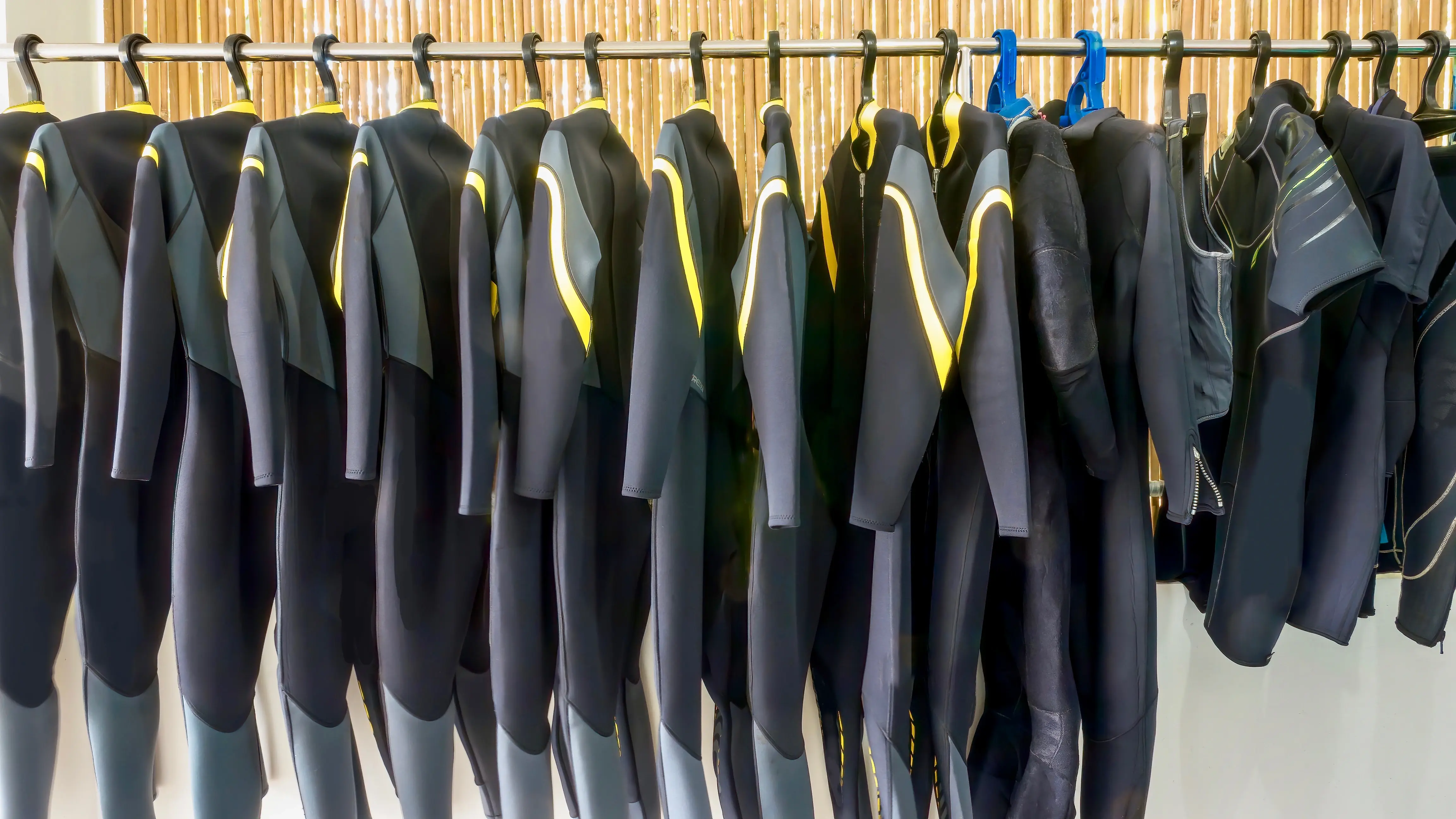
Dive season means packed shops and fast-moving inventory. One customer checks out a regulator online while another walks out with the same one from your shelf, and now you’re out of stock twice. That’s how you end up with double sales, delayed orders, and unhappy divers — not exactly great for business.
You need a better way to balance online and in-store inventory. These five tips will help you stay stocked, synced, and ready — no matter where or how your customers shop.
1. Sync Online and On-Site Inventory in One System
Balancing online and in-store inventory means you need one system that tracks everything. If someone buys a product in person, it shouldn’t still show as available on your website. That’s how backorders happen — and customers lose trust.
If you sell in both spaces, your point of sale (POS) system should:
- Track inventory automatically: Reflect every sale instantly, whether online or at the counter.
- Sync product listings in real time: Show accurate availability online to match what’s in your store.
- Send low-stock alerts: Flag key products before they run out so you can reorder without missing sales.
Real-time updates keep inventory accurate and prevent mix-ups before they cost you a sale.
2. Prioritize Bestsellers in Both Channels
When top-selling items aren’t easy to find, divers go elsewhere. Availability affects repeat business, whether it’s a regulator online or a missing fin size in store.
To balance online and in-store inventory, you should:
- Run sales reports by channel: Compare what’s selling online vs. in-store to see where demand is highest.
- Flag bestsellers in your POS: Tag top items for both channels so they’re easy to find, reorder, and monitor.
- Highlight top items in both spaces: Feature bestsellers in displays, homepages, and marketing emails so they stay front and center.
When your top products are synced across channels, you avoid stockouts and make it easier to close the sale.
3. Protect Inventory for High-Demand Items
When popular gear sells out online, local divers can be left empty-handed. A fast-moving shipment might vanish in hours, frustrating walk-ins who expect to find that item in store.
To manage limited stock with automated inventory tools, you should:
- Reserve items for walk-ins: Allocate part of each shipment for walk-ins before listing everything online.
- Limit online quantities: Cap how many units each customer can buy during peak demand.
- Tag stock by sales channel: Assign items to online or in-store only to avoid double-selling.
These strategies help you pace sales and keep in-demand items accessible to both online and in-person customers.
4. Use Different Sales Tactics for Each Space
Selling online and in store doesn’t mean one takes away from the other. With the right mix, you can drive traffic to both and keep inventory in check.
Try these tactics to improve sales across both channels without causing stock issues:
- Create online-only bundles: Package snorkels, boots, and mesh bags into web-only deals that help move accessories faster.
- Run in-store-only promos: Offer weekend discounts on wetsuits, fins, or dive computers to bring local shoppers through the door.
- Promote in-person fittings: Let people try on wetsuits, test masks, or compare gear before they buy — something online shopping can’t offer.
Tailoring your approach to each space helps increase sales, manage stock, and give people more reasons to shop online and in person.
5. Plan Inventory Around Seasonal Trends
Dive shop sales spike during certification season, holidays, and travel months. If you don’t plan for it, you’ll either run out of gear when people need it most, or get stuck with inventory no one wants.
Get ahead of the curve by doing the following:
- Check last year’s sales reports: Identify your busiest windows and order early.
- Watch trend data: Check Google Trends or POS forecasting tools to track rising demand early.
- Offer early access: Let customers preorder or join waitlists for in-demand gear like dive computers, buoyancy compensator devices (BCDs), or travel fins.
Seasonal planning helps you stay ahead, maintain stock levels, and avoid last-minute orders or large markdowns.
6. Separate Rental, Repair, and Retail Inventory
Rentals, repairs, and retail all pull from the same gear categories — but if you don’t separate them in your POS, you risk double-booking equipment or overpromising availability online.
Organize your dive shop inventory system by creating distinct inventory categories:
- Assign rental gear its own inventory group: Avoid mix-ups by removing rental items from your sellable stock list.
- Sync online reservations with in-store inventory: Update an item’s status automatically when someone books a rental or repair online to reflect availability.
- Link repair tickets to inventory holds: List items as “in repair” so they don’t show as available in store or online.
With clear categories and synced systems, you’ll always know what’s ready to sell, what’s out for a trip, and what’s on the bench.
Take the First Step Toward Balancing Online and In-Store Inventory
Running rentals, classes, repairs, and retail? Balancing online and in-store inventory requires the right tools to sync sales, track gear, and support every part of your dive shop.
Dive Shop 360 provides a single system that ties everything together. You can manage inventory, rentals, certifications, and sales without switching between tools.
Want to sell online, too? Launch a full e-commerce site (no developer needed) and automatically sync your online and in-store stock. With more than 120 vendor catalogs built in, updating your gear list takes minutes, not hours.
Schedule a demo today to see how Dive Shop 360 can help keep your inventory organized and your business running on one system.
 by
by 


